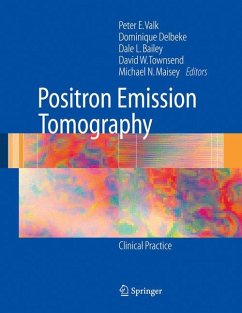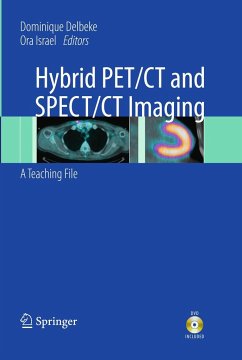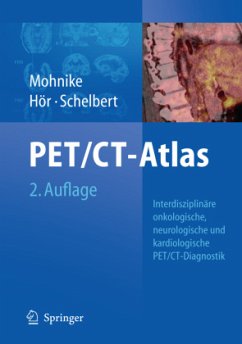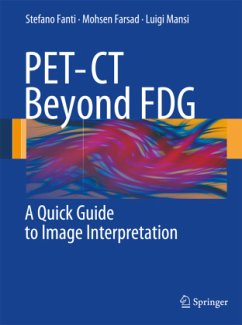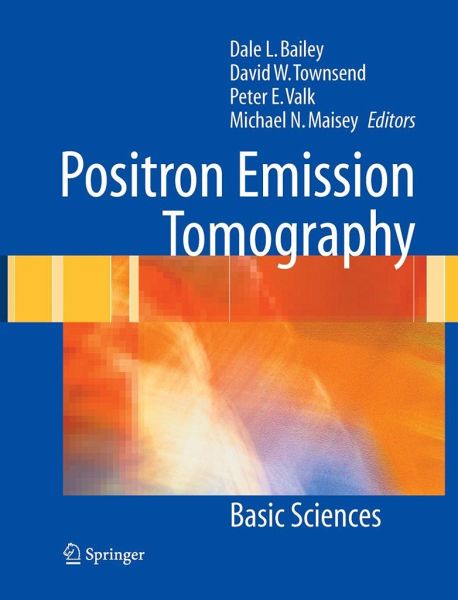
Positron Emission Tomography
Basic Sciences
Herausgegeben: Bailey, Dale L.; Townsend, David W.; Valk, Peter E.; Maisey, Michael N.
Versandkostenfrei!
Versandfertig in über 4 Wochen
259,99 €
inkl. MwSt.

PAYBACK Punkte
130 °P sammeln!
Essential for students, science and medical graduates who want to understand the basic science of Positron Emission Tomography (PET), this book describes the physics, chemistry, technology and overview of the clinical uses behind the science of PET and the imaging techniques it uses. In recent years, PET has moved from high-end research imaging tool used by the highly specialized to an essential component of clinical evaluation in the clinic, especially in cancer management. Previously being the realm of scientists, this book explains PET instrumentation, radiochemistry, PET data acquisition a...
Essential for students, science and medical graduates who want to understand the basic science of Positron Emission Tomography (PET), this book describes the physics, chemistry, technology and overview of the clinical uses behind the science of PET and the imaging techniques it uses. In recent years, PET has moved from high-end research imaging tool used by the highly specialized to an essential component of clinical evaluation in the clinic, especially in cancer management. Previously being the realm of scientists, this book explains PET instrumentation, radiochemistry, PET data acquisition and image formation, integration of structural and functional images, radiation dosimetry and protection, and applications in dedicated areas such as drug development, oncology, and gene expression imaging. The technologist, the science, engineering or chemistry graduate seeking further detailed information about PET, or the medical advanced trainee wishing to gain insight into the basic science of PET will find this book invaluable.
This book is primarily repackaged content from the Basic Science section of the 'big' Valk book on PET. It contains new, completely revised and unchanged chapters covering the "basic sciences" section of the main book - total 18 chapters:
2 new (chapters 1, 16)8 completely revised (chapters 4, 5, 8, 13, 14, 15, 17, 18)3 minor corrections (chapters 2, 6, 11)5 unchanged (chapters 3, 7, 9, 10, 12)
This book is primarily repackaged content from the Basic Science section of the 'big' Valk book on PET. It contains new, completely revised and unchanged chapters covering the "basic sciences" section of the main book - total 18 chapters:
2 new (chapters 1, 16)8 completely revised (chapters 4, 5, 8, 13, 14, 15, 17, 18)3 minor corrections (chapters 2, 6, 11)5 unchanged (chapters 3, 7, 9, 10, 12)




